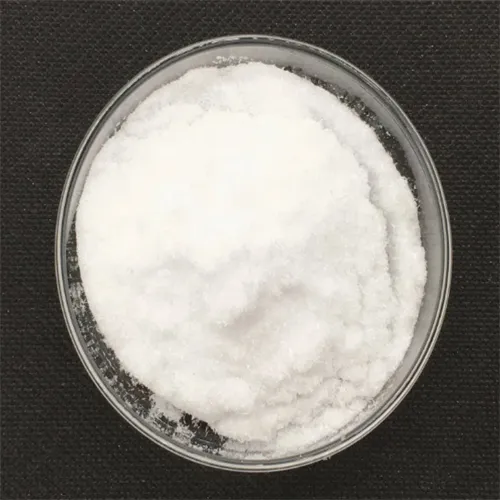Warning: Undefined array key "title" in /home/www/wwwroot/HTML/www.exportstart.com/wp-content/themes/1198/header.php on line 6
Warning: Undefined array key "file" in /home/www/wwwroot/HTML/www.exportstart.com/wp-content/themes/1198/header.php on line 7
Warning: Undefined array key "title" in /home/www/wwwroot/HTML/www.exportstart.com/wp-content/themes/1198/header.php on line 7
Warning: Undefined array key "title" in /home/www/wwwroot/HTML/www.exportstart.com/wp-content/themes/1198/header.php on line 7
- Afrikaans
- Albanian
- Amharic
- Arabic
- Armenian
- Azerbaijani
- Basque
- Belarusian
- Bengali
- Bosnian
- Bulgarian
- Catalan
- Cebuano
- China
- China (Taiwan)
- Corsican
- Croatian
- Czech
- Danish
- Dutch
- English
- Esperanto
- Estonian
- Finnish
- French
- Frisian
- Galician
- Georgian
- German
- Greek
- Gujarati
- Haitian Creole
- hausa
- hawaiian
- Hebrew
- Hindi
- Miao
- Hungarian
- Icelandic
- igbo
- Indonesian
- irish
- Italian
- Japanese
- Javanese
- Kannada
- kazakh
- Khmer
- Rwandese
- Korean
- Kurdish
- Kyrgyz
- Lao
- Latin
- Latvian
- Lithuanian
- Luxembourgish
- Macedonian
- Malgashi
- Malay
- Malayalam
- Maltese
- Maori
- Marathi
- Mongolian
- Myanmar
- Nepali
- Norwegian
- Norwegian
- Occitan
- Pashto
- Persian
- Polish
- Portuguese
- Punjabi
- Romanian
- Russian
- Samoan
- Scottish Gaelic
- Serbian
- Sesotho
- Shona
- Sindhi
- Sinhala
- Slovak
- Slovenian
- Somali
- Spanish
- Sundanese
- Swahili
- Swedish
- Tagalog
- Tajik
- Tamil
- Tatar
- Telugu
- Thai
- Turkish
- Turkmen
- Ukrainian
- Urdu
- Uighur
- Uzbek
- Vietnamese
- Welsh
- Bantu
- Yiddish
- Yoruba
- Zulu
Sht . 16, 2024 02:48 Back to list
Xanthan Gum from Corn - Natural Thickening Agent for Food & Industry
Xanthan Gum Made from Corn Exploring Its Versatility and Benefits
Xanthan gum, a polysaccharide derived from the fermentation of sugar by the bacterium Xanthomonas campestris, has become a staple ingredient in various food products and industrial applications
. Particularly notable is xanthan gum made from corn, which leverages the abundant corn supply, especially in the United States, to produce this versatile thickening and stabilizing agent.As a food additive, xanthan gum plays a crucial role in enhancing the texture and consistency of a variety of products. It can be found in salad dressings, sauces, dairy products, gluten-free baked goods, and even beverages. The unique properties of xanthan gum allow it to effectively suspend solid particles, stabilize emulsions, and improve the mouthfeel of various formulations. This is especially important in gluten-free cooking, where xanthan gum provides the necessary elasticity and structure that wheat flour typically contributes.
One of the significant benefits of xanthan gum is its ability to function in low concentrations. Often, just a small amount is required to achieve the desired thickness or texture, which can help keep production costs manageable. Moreover, xanthan gum is effective in a wide range of temperatures and pH levels, making it a versatile choice for different culinary applications.
xanthan gum made from corn

The use of corn as a base for xanthan gum production also aligns with the growing consumer demand for natural and plant-based ingredients. Corn is a renewable resource and is often seen as a more sustainable option compared to synthetic alternatives. Additionally, xanthan gum derived from corn is gluten-free, making it suitable for individuals with gluten sensitivities or celiac disease.
Furthermore, the production of xanthan gum from corn involves fermentation processes that can utilize agricultural by-products, adding an element of environmental sustainability. This biotechnological approach not only reduces waste but also highlights the potential for innovative uses of crops that might otherwise be overlooked.
In recent years, as consumers become more health-conscious and ingredient-savvy, the demand for natural thickeners like xanthan gum has surged. This has prompted many manufacturers to prioritize transparency in ingredient sourcing, allowing consumers to make informed choices about the products they purchase.
In conclusion, xanthan gum made from corn is a remarkable ingredient that exemplifies innovation in food science and sustainability. Its multitude of applications and benefits make it an invaluable component in both culinary and industrial contexts, demonstrating the power of natural ingredients in enhancing functionality and consumer experience. As we continue to explore the potentials of plant-based additives, xanthan gum stands out as a prime example of how tradition and modernity can blend to create beneficial solutions.
Latest news
-
Certifications for Vegetarian and Xanthan Gum Vegetarian
NewsJun.17,2025
-
Sustainability Trends Reshaping the SLES N70 Market
NewsJun.17,2025
-
Propylene Glycol Use in Vaccines: Balancing Function and Perception
NewsJun.17,2025
-
Petroleum Jelly in Skincare: Balancing Benefits and Backlash
NewsJun.17,2025
-
Energy Price Volatility and Ripple Effect on Caprolactam Markets
NewsJun.17,2025
-
Spectroscopic Techniques for Adipic Acid Molecular Weight
NewsJun.17,2025

